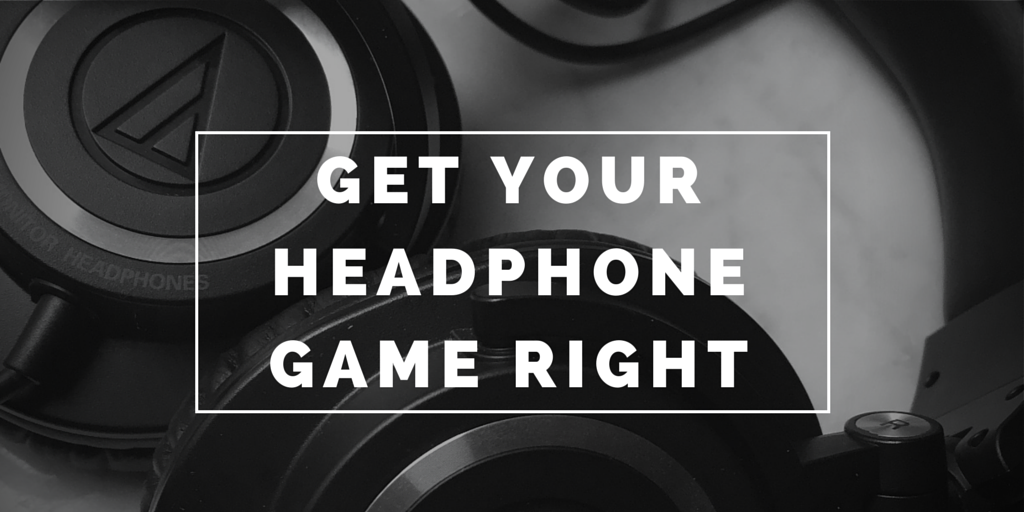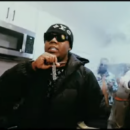(This piece is republished with permission from TeamBackPack. It is reprinted here in its original form, with updated links.)
I remember the first time I heard those Ces Cru bars, the one’s from Ubi that made it so vividly clear to me what was wrong with the way I thought about hip-hop: “Look at the size of this table, it’s giant, room enough for both of us to dine.” Yes, hip-hop has a tremendous and important history of competition; some of the best hip-hop ever, from “Ether” to N.W.A., was crafted by artists who genuinely believed they were the best and produced music intent on proving that. But that doesn’t mean that hip-hop, in its current iteration and stage of evolution, can’t be a collaborative endeavor.
Look no further than Ces Cru and their home Strange Music for a prime example of how collaboration creates dope hip-hop.
Sure, radio rappers are still in direct competition with other radio rappers. As the record industry crumbles around us, with less and fewer people buying less and less music, the economics of rap encourages an all against all mentality. Drake and Kendrick can be buddy buddy on their tracks, but if their albums ever drop the same week, you can be damn sure each MC is going to ditch the BFF act real quick. There just aren’t enough people buying albums to support every mainstream artist trying to sell their latest. There is very little incentive in that world to build true, deep, and meaningful cross-platform allegiances: the market discourages real friendship between artists, and the culture rewards “shots fired” over bridges built.
But in the Underground and Independent hip-hop communities, none of that is true. On a fundamental level, indie artists struggle with different challenges, and the obstacles we face are best conquered when we face them together. As an indie artist, you should have one motto: one driving force, that governs your pursuit of the craft and defines your approach to business, above even the desire to be the best. Build.
In underground hip-hop, our problems aren’t problems mainstream hip-hop faces.
There is no lack of genuine quality and artistic expression in the world of indie hip-hop. While the state of the mainstream radio single has become an obscene parody of artistry in most cases, the underground is brimming with quality. Locksmith. Ces Cru. Catalyst Bars. Hopsin. The list goes on and on and on. Our community is not lacking in art; art defines us, consumes us, propels us.
There are fewer depressing supply and demand economics in the underground. The game is fundamentally different, and the numbers are based on different things. Many of the most successful indie artists don’t rely on selling records: the indie grinder lives off of touring numbers, merch sales to dedicated fans, and a lot of grit, not royalties. In the underground, we don’t have to fight over an ever shrinking number of paying hip-hop customers: our product isn’t pirate-able, because we sell ourselves at shows, sell our movements with our music, sell hope and vision and a story through our art. The local scenes devour this quality, and the internet propels and empowers devoted fans to support their favorite rappers.
What Locksmith sells will never go out of style. Because he sells himself in his art; the two are inseparable, the relationship he has with his fan base won’t ever be commodified or replicated.
The life of an underground artist isn’t easy: our challenges are just different. Indie artists struggle with marketing and exposure, and some of the dopest music ever created goes unnoticed or unsupported because indie acts lack the resources to invest in themselves as products. We lack the infrastructure to bring local acts to national stages, creating a negative feedback loop that discourages dope acts from pursuing music full time as their talents ironically blossom. And we lack the kind of machinery and capital to craft our own narratives like the mainstream does and push artists so heavily that they create trends even if their art isn’t trend worthy. The grind ain’t easy.
But it’s easier when we grind together. Building together is the only sure way for underground hip-hop to continue to elevate underground artistry, and develop a different model of music that supports the truths we tell.
When independent acts work together, they chip away at the limitations imposed by small marketing budgets. Semi-local and compartmentalized fan bases can often be incredibly devoted to one artist without knowing anything about the larger scene, and when indie acts tour together and work together and build together, these compartmentalized fanbases intertwine and produce more exposure for everyone. When we build, we grow.
Working together replaces the industry’s machinery with a crowd sourced, artistically inclined alternative. We don’t need mainstream radio to push dope content if we push it ourselves and push it as one community. We don’t need A&Rs to invest in our dreams if we birth those dreams into the world with our own hands, and support other dreamers. If we work together we don’t need any of that; all of that machinery, that bureaucracy, that money that gets in the way of music, we don’t need any of that. All we need is the right attitude; the right approach to community and culture. Together, we need to keep building.

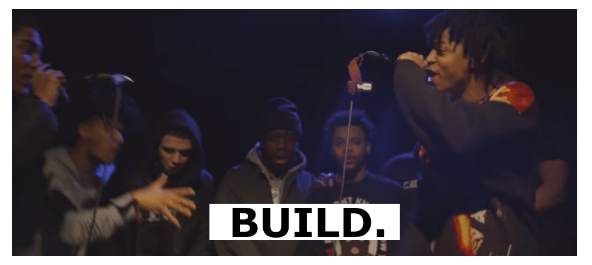
![Kickin Cloudz - 'Guilty Summer' [EP]](http://upcominghiphop.net/wp-content/uploads/2017/08/Screen-Shot-2017-08-03-at-10.58.01-PM-130x130.png)
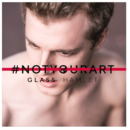
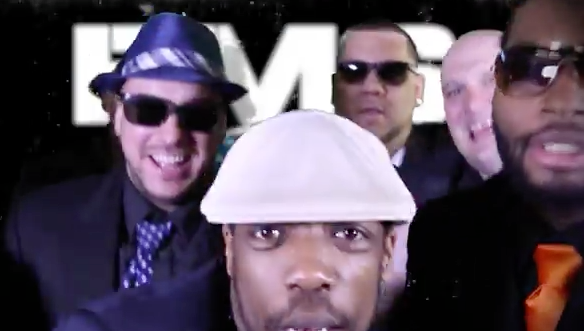
![[Mixtape] 'Whatever | Forever' - Short Moscato](http://upcominghiphop.net/wp-content/uploads/2015/10/Screen-Shot-2015-10-19-at-10.40.59-AM.png)
![[Video] "Play For You" - ZEPS & Count Bluntas](http://upcominghiphop.net/wp-content/uploads/2016/07/Screen-Shot-2016-07-03-at-10.06.27-AM-350x320.png)
![[Audio] "Like We Own This Place" - Ryan Caraveo](http://upcominghiphop.net/wp-content/uploads/2016/02/Screen-Shot-2016-02-19-at-2.58.44-PM.png)

